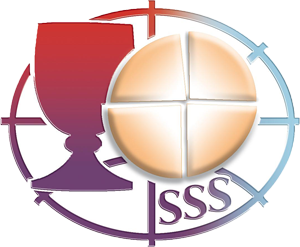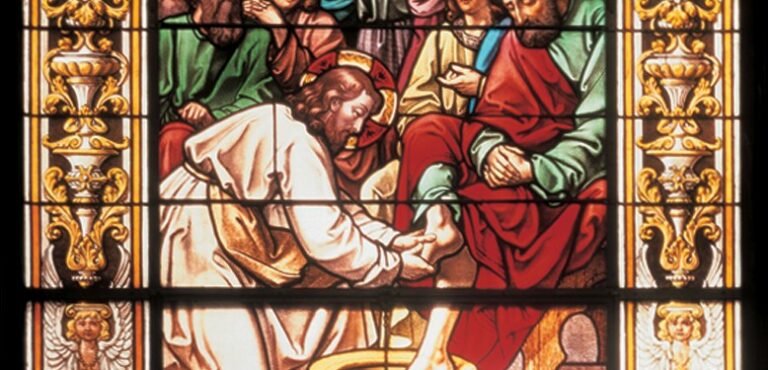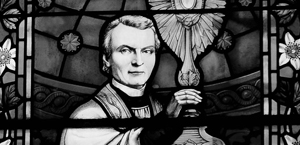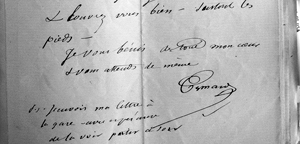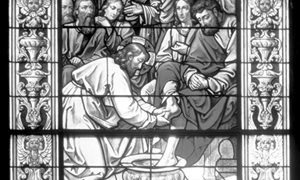Mass Exodus: Catholic Disaffiliation in Britain and America since Vatican II.
By Stephen Bullivant.
Oxford University Press,
2019. (Kindle edition)
This is a book asking the question: “Why have Catholic people in the UK and America left the Catholic Church, especially those who have not returned?” Do any of them still say they are still Catholic? Have they become other Christians? Have they entered other religions? Are they atheists? The answers to these questions are in Mass Exodus (ME).
The book contains polls, grafts, and statistics. It has two chapters (there are seven and an epilogue, also statistics for Mass attendance in the UK and America (USA) since the end of the Second Vatican Ecumenical Council (1962-1965). The epilogue asks: “Did Vatican II Fail?” The index has 17 pages of bibliography of outstanding theologians and sociologists, at the end of the book. The first three chapters of ME indicate that the research will have statistic focused on individuals and specifically what they say about their disaffiliation (ch. 3). Other chapters focus on national statics.
Vatican II and Gaudium et Spes
The author (B.), indicates in chapter 1 and 7 that Vatican II ‘is a kind of framing device’. “This is true in both simple chronological terms (the ‘since Vatican II’ of the Council’s reception and legacy. As has been stated many times, an awful lot happened in the period with which we have been dealing. What is more, much of it has many with the Second Vatican Council and its immediate aftermath.”
Chapter 5 is called Gaudium et Spes luctus et angor (Joy and Hope, challenge and anxiety). The English translation for “Gaudium and Spes” is Pastoral Constitution on the Church in the Modern World. This document was unique because it went beyond the Catholic Church and its mission to discuss the relationship of the Catholic Church and the entire world.
Chapter 4 to 7 were reports on the questions concerning the disaffiliation according to the statistics which emerged from the questionnaires. These were the responses that were national i.e., the UK and America, according to the various polls.
Chapter 6 compares the disaffiliation In the UK and America. Anthony Spencer in the April issue of the Month whose 1956 studies on young people and Irish immigration were discussed in ME chapter 4. Once again Spenser averred, the English and Welsh Church suffering a ‘democratic crisis’. Only this time, not only was it ‘more severe’, it was a troublingly different kind. B. writes “Spencer proposes tentative estimates of baptized Catholics who are not just absent on Sunday morning, but who are ‘alienated to the extent that they either had not been Confirmed, or alienated to the extent that they either had not been Confirmed, or would not use the offices of the Church at the three great turning points of life: birth, marriage, death.
B. explains the normal way of measuring the attendance of Mass on Sundays, i.e., simply counting the number of people attending at each Mass on Sundays during the month of October from year to year. B. also notes that around this time American sociologists also began noting a trend towards disaffiliation (Greeley et al. 1976:144-9/ Repeated surveys of 1955 and 1967). They were saying they were raised from 8% to 13% in 1973.
Epilogue B. does not answer the question about failure. He ends the Epilogue with these words: “The story of British and American Catholic disaffiliation has, I fear, a while yet to run. The eventual of this Mass Exodus and what Catholic ‘detainees’ and converts might do to hasten it is a subject for a different book.” He says the Council may have made the kind of “sacrifice” one might make in a chess game. Some might sacrifice a queen. He makes some possible objections and responses. Essentially, he says that since Vatican II Catholics have left the Church and the new liturgy and other ‘reforms’ have not prevented people leaving the Church.
Mass Exodus is a difficult read. However very few could have written the book. Bullivant has a background that is unique: a theologian and a sociologist. He has found a way to answer the questions asked. He has statistics giving the measures of persons and their reasons for leaving the Church. Many of the disaffiliates have ‘reasons’ to leave the Church, but most of them were in families that either did not go to Church or their parents asked if they still wanted to go to Church, or the disaffiliates gradually stopped going to Church. Often, they simply no longer believed in the Scriptures or what the Church taught or was doing. Chapter 7 repeats what has been repeated in the media, that the abuse of clergy and staff of the Church were a scandal that is a serious cancer on the body of the Church. The effort to cover the scandal by authority only added the problem.
Stephen Bullivant is Professor of Theology and the Sociology of Religion, and Director of the Benedict XV Centre for Religion and Society. He holds doctorates in theology (Oxford 2009) and sociology (Warwick, 2019). He joined St. Mary’s in 2009, having previously held posts at Heythrop College, London and Wolfson College, Oxford. Doctor Bullivant has also held visiting fellowship at the Institute for Social Change (University of Manchester), Blackfriars Hall (University of Oxford) and the Institute for Advanced Studies (University College London).
Ernest Falardeau, SSS
Cleveland, Ohio
Posted on June 26, 2022 by Fr. Ernest Falardeau, SSS
